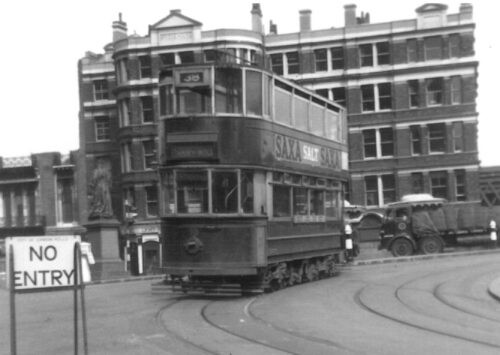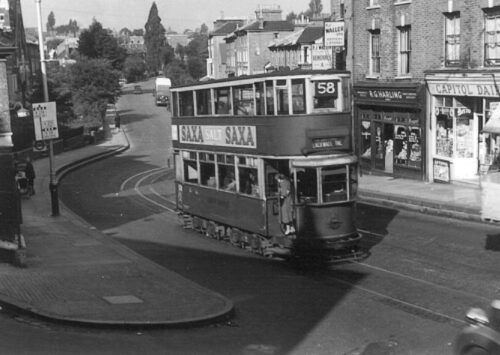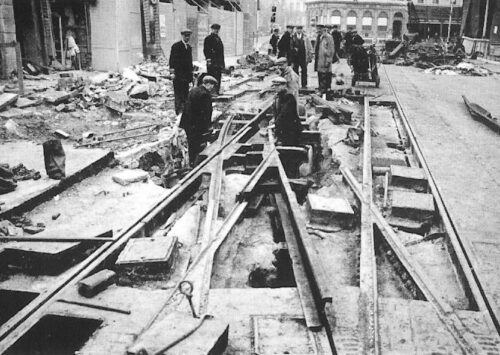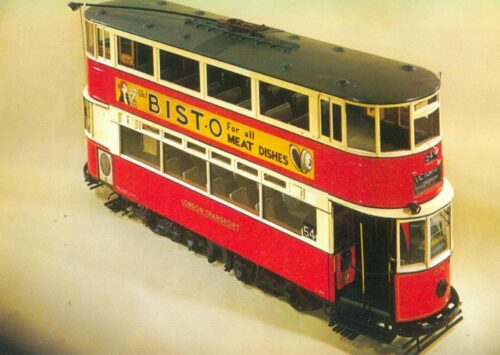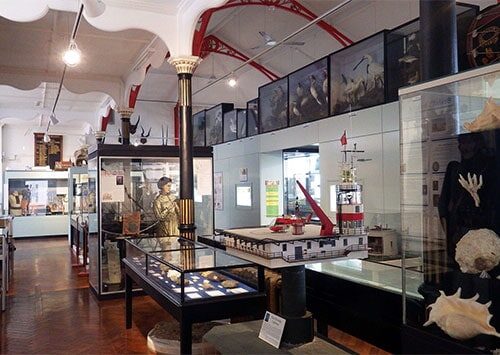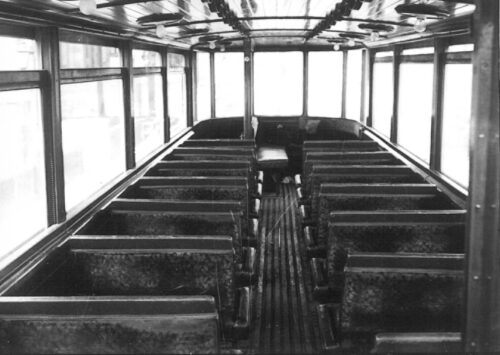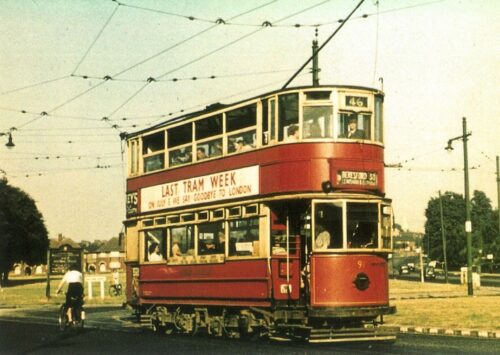A Brief History of London’s Trams
In 1860, an American entrepreneur, by the name of George Francis Train, came to England where he founded horse tramway companies, in Birkenhead and London.
The first London horse-driven trams began operating along Victoria Street in Westminster but, while his trams were very popular with the passengers, his designs for the trackways, where the rails stood above the road surface, tended to obstruct the traffic, and these were very unpopular with other road users.
In 1861, George Train was arrested and tried for “breaking and injuring” the Uxbridge road; the case, which went on for weeks, being widely reported in many London newspapers – his plans for future expansion were put on hold.
Eventually, Parliament passed legislation allowing tram services to be re-commenced, but on the condition that the rails were recessed into the carriageway and the obstruction, thus, removed.
In 1870, following an Act of Parliament, the first lines ran from:
- Blackheath to Vauxhall via Peckham and Camberwell
- Brixton joining the Camberwell line at Kennington
- Whitechapel to Bow
- Kensington to Oxford Street
The new tram companies all adopted the same standard gauge, with the intention of being able to link up services at later dates. Horse tram lines soon opened all over London, typically using two horses to pull a 60-person car. They proved popular as they were cheaper, smoother, roomier and safer than the competing Omnibus or Hackney carriages. Replacement by electric vehicles commenced in 1901; the last horse-drawn trams were withdrawn in 1915.
Powered trams
There were several early attempts to run motor-powered trams on the London tramlines: John Grantham first trialled an experimental 23 foot steam tramcar in London in 1873 but withdrew it after it performed poorly.
From 1885, the North London Tramways Company operated a total of twenty-five steam-powered trams until its liquidation in 1891. Between 1881 and 1883. a small number of trams powered by compressed air were trialled on the Caledonian Road tramway.
In 1884, a cable tram was introduced for Highgate Hill; it was the first cable tramway in Europe and was followed by a second cable line to draw trams up Brixton Hill to Streatham. Both of these systems were replaced within 15 years by electric trams.
Electric Trams
In 1883, soon after the storage battery was invented, an electric tram was tested on the West Metropolitan Tramways, line between Acton and Kew. It was reasonably successful but it wasn’t until 1901 that the first, fully-operational electric tram service was replica watches uk introduced by the Croydon Corporation in the Greater London area. This system used over-head wires to supply the power to the electric motors.
After the slow start, electric trams rapidly became very popular and, by 1903, there were 300 electric tramcars in London, which carried a total of 800,000 passengers over the Whitsuntide weekend.
The London County Council Tramways first electric line opened in May 1903, between Westminster Bridge and Tooting, and the LCC sold 3.3 million tickets in its third year of business or five times the traffic carried by its horse trams.


